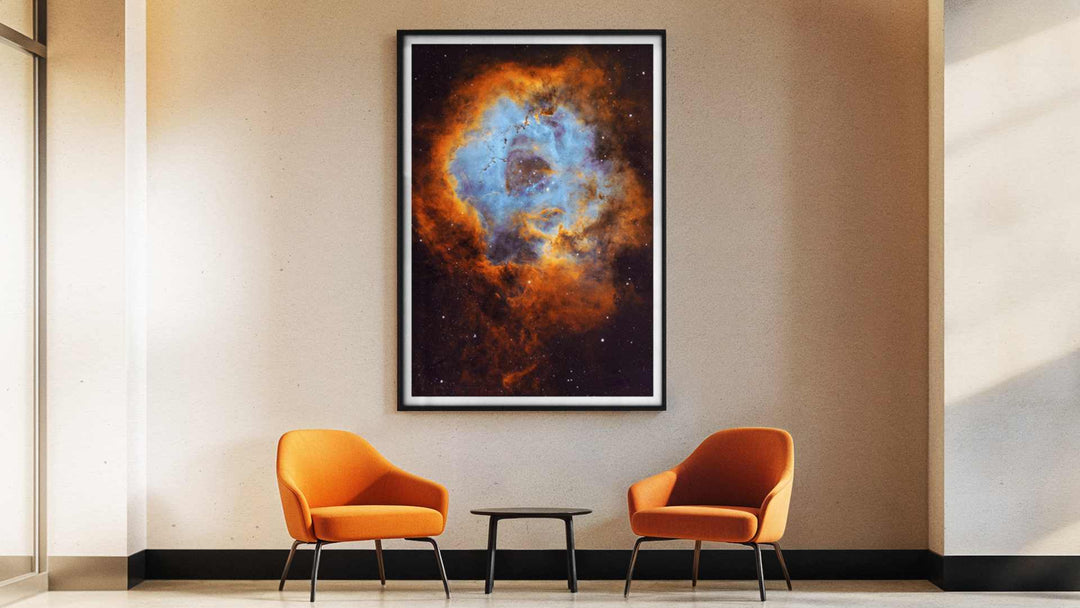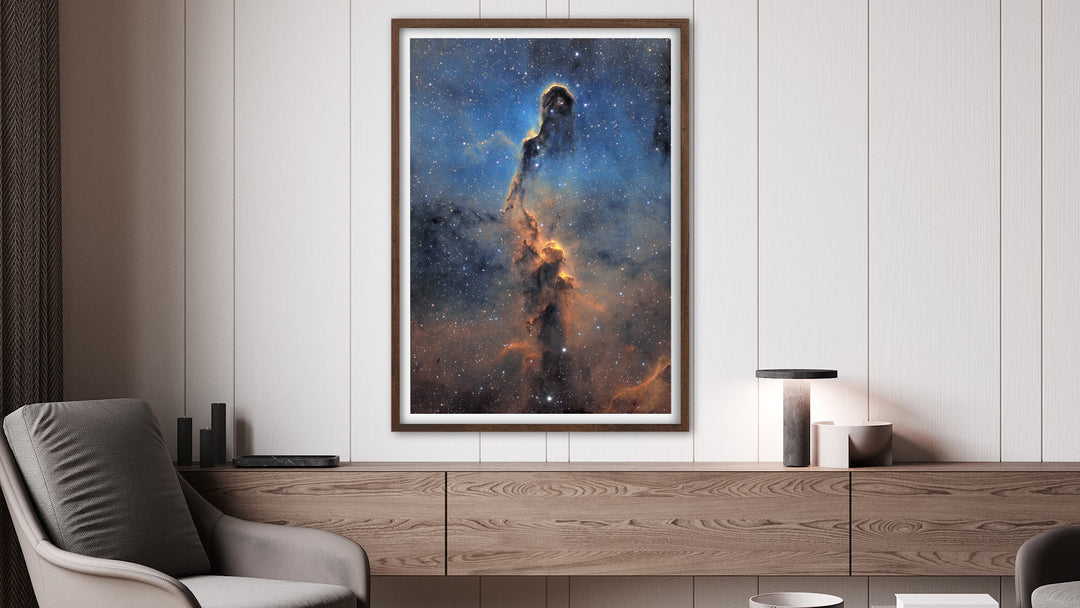Horsehead and Flame Nebula: Where Darkness Shapes the Light
You've seen the Horsehead Nebula before. On book covers. In documentaries. Across social media feeds.
But you've never owned it like this.
Marzena Rogozińska's Horsehead and Flame Nebula in Orion isn't just another space photograph. This is 13 hours of meticulous data capture from Poland's darkest skies, transformed into a museum-quality piece that reveals one of the universe's most photographed regions in stunning, scientifically accurate color.
The Universe's Most Iconic Silhouette
1,375 light-years away, a dark cloud of interstellar dust rises against a backdrop of ionized hydrogen gas. The shape? Unmistakable. The Horsehead Nebula—officially cataloged as Barnard 33—has captivated astronomers since Scottish astronomer Williamina Fleming discovered it in 1888.
But this image tells a bigger story.
Adjacent to the Horsehead, the Flame Nebula (NGC 2024) erupts in brilliant reds and oranges. This isn't artistic license—it's the natural glow of hydrogen gas ionized by massive young stars, including the luminous O-type star IRS 2b. Within this stellar nursery, approximately 800 young stars are forming, 86% still surrounded by circumstellar disks where future planets may emerge.
Between them, the reflection nebula NGC 2023 glows in ethereal blue, completing a triptych of cosmic phenomena captured in a single frame.
The Science Behind the Beauty
This region exists within the vast Orion Molecular Cloud Complex—a stellar factory hundreds of light-years across where stars are born from collapsing gas and dust. The red glow dominating the frame? That's hydrogen alpha emission at precisely 656.28 nanometers, excited by intense ultraviolet radiation from nearby hot stars.
The Horsehead's darkness isn't empty space—it's thick interstellar dust blocking the light of background stars and gas. Heavy concentrations of this dust create the nebula's distinctive profile, while magnetic fields channel surrounding gases into delicate foreground streaks.
The Flame Nebula, despite lying 1,350 light-years away, appears adjacent to Alnitak—the easternmost star of Orion's Belt. The nebula stretches 6 light-years across and contains young stellar populations ranging from 200,000 years old at its core to 1.5 million years in its outer regions.
Captured from Poland's First International Dark Sky Community
November 2023. Near the village of Sopotnia Wielka—Poland's first officially designated International Dark Sky Community. Where local residents replaced 150 sodium street lamps with fully shielded, low-temperature LED fixtures. Where light pollution protection has transformed astronomy from hobby to cultural identity.
This is where NASA-honored astrophotographer Marzena Rogozińska set up her equipment.
The technical specifications reveal the dedication:
-
13 hours total integration time (7 hours RGB + 6 hours narrowband L-eXtreme)
-
Takahashi Epsilon 130D telescope—a premium f/3.3 astrograph with hyperbolic optics specifically designed for wide-field nebula imaging
-
L-eXtreme dual narrowband filter—isolating hydrogen-alpha and OIII emission lines at 7nm bandpasses to reveal faint nebular structures invisible to broadband imaging
-
Multi-night capture sessions during calm, cold late-autumn conditions ideal for long-exposure astrophotography
The processing involved precise calibration in PixInsight and Photoshop to achieve scientifically accurate color representation while maintaining the natural balance between emission nebulae, reflection nebulae, and stellar populations.
Who Needs This Print?
-
For the Serious Collector: This is the Horsehead Nebula captured by a twice NASA-honored artist using professional-grade equipment and dark-sky conditions most photographers only dream about. The technical execution, scientific accuracy, and artistic composition make this a cornerstone piece for any serious astrophotography collection.
-
For the Space Science Enthusiast: You understand that this frame captures multiple phenomena simultaneously—dark nebulae, emission nebulae, reflection nebulae, and active star formation regions. You appreciate the L-eXtreme narrowband data revealing hydrogen and oxygen emission structures invisible in standard imaging. This print speaks your language.
-
For the Interior Designer: Your clients demand conversation pieces. How many homes feature the universe's most iconic cosmic silhouette, captured over 13 hours from internationally protected dark skies, processed to museum-grade standards? This transforms spaces from decorated to extraordinary.
-
For the Orion Winter Sky Observer: Every winter, Orion rises in the evening sky. Every clear night from January through April, you can look up and know exactly where this scene unfolds. Now you can bring that connection indoors—a permanent window to the winter cosmos.
-
For the Gift Seeker: You want meaningful. You want lasting. You want something that combines cutting-edge astrophotography technique with one of astronomy's most recognizable objects. Wrapped in museum-quality materials lasting over 200 years—this is the gift that transcends occasions.
The Astrography Promise
We don't showcase every nebula photograph on the internet. We curate ruthlessly.
This image survived our selection process because it delivers:
-
Technical mastery: 13 hours of narrowband and broadband data, expertly calibrated and color-balanced
-
Scientific accuracy: True-to-nature representation of emission line wavelengths and nebular structures
-
Compositional excellence: Horsehead, Flame, and NGC 2023 balanced within a single frame showing their spatial relationships
-
Dark-sky advantage: Captured from Poland's first International Dark Sky Community, ensuring maximum detail and contrast
-
Museum-grade quality: Fine Art prints lasting over 200 years, or budget-friendly poster options—your choice
Orion Awaits on Your Wall
- Every morning, you'll wake up to the universe's most famous cosmic horse.
- Every evening, guests will ask, "Where did you find that?"
- Every day, you'll own a piece of stellar history—a region where stars are being born right now, 1,375 light-years away, captured by one of the world's most accomplished astrophotographers.
The Horsehead Nebula has graced observatory walls, textbook covers, and space agency presentations for over a century. Now it can grace yours—in scientifically accurate color, museum-quality materials, and a composition that reveals the full majesty of this cosmic masterpiece.
Don't settle for ordinary walls. Claim your place in the Orion Cloud.

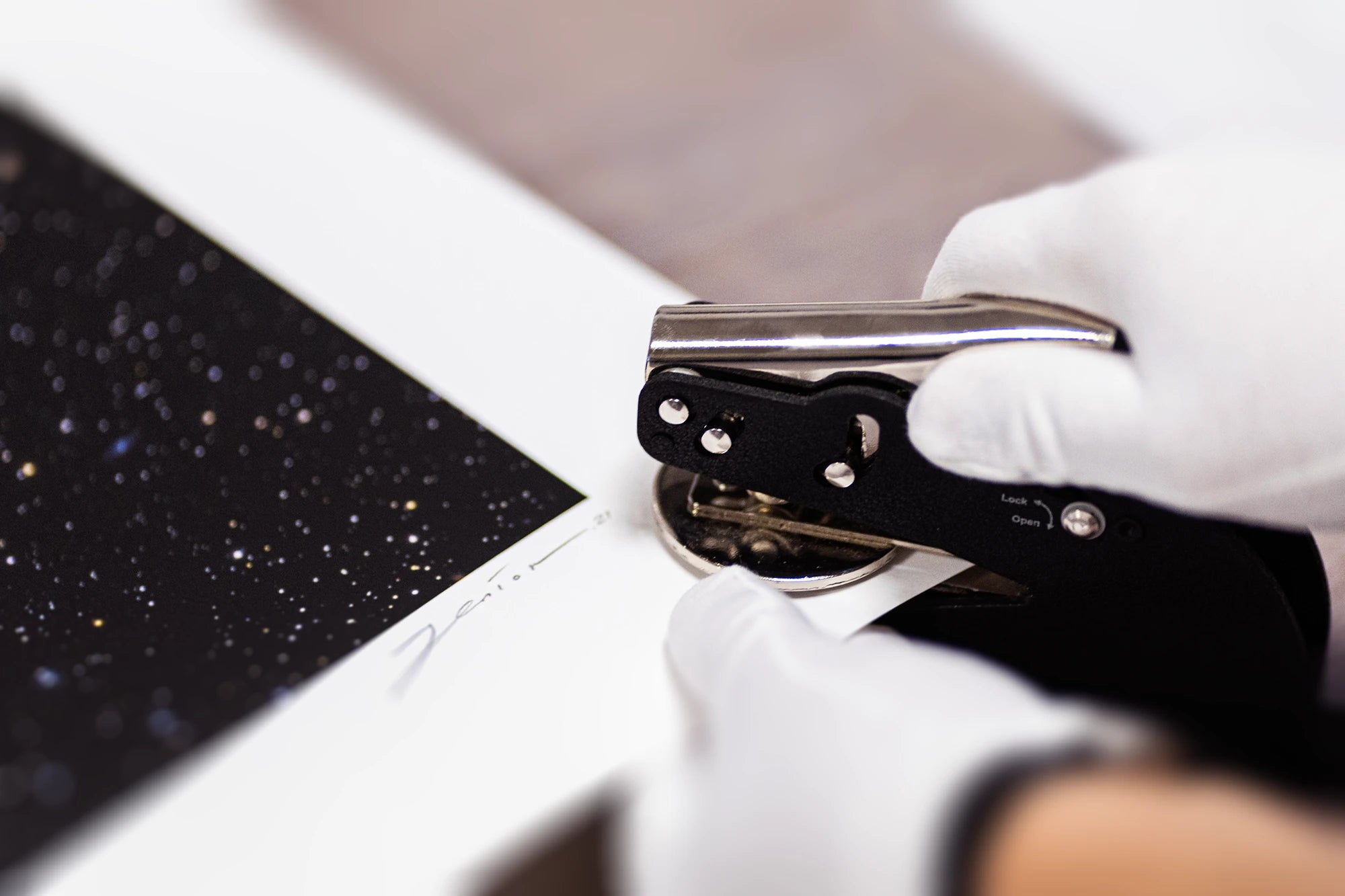
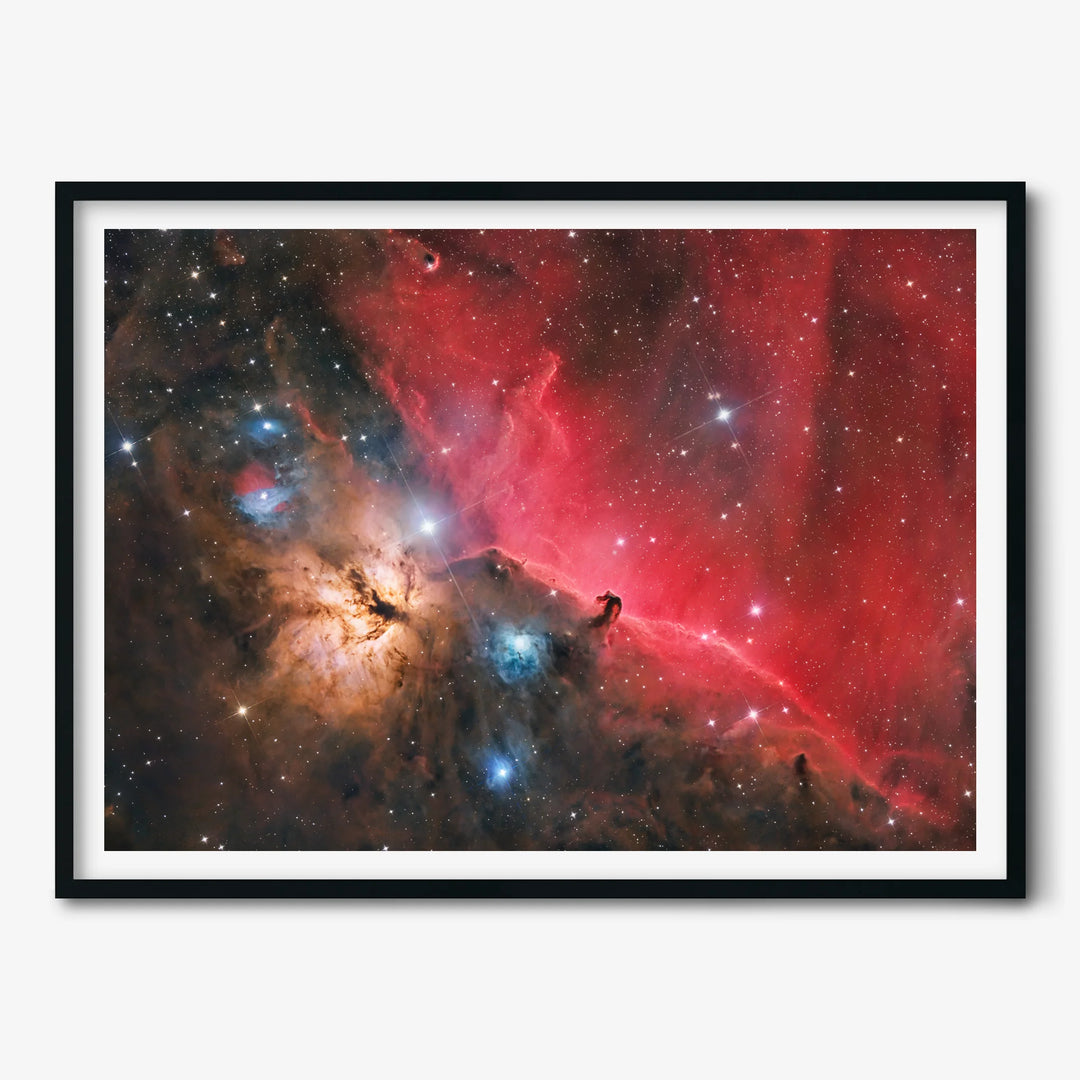
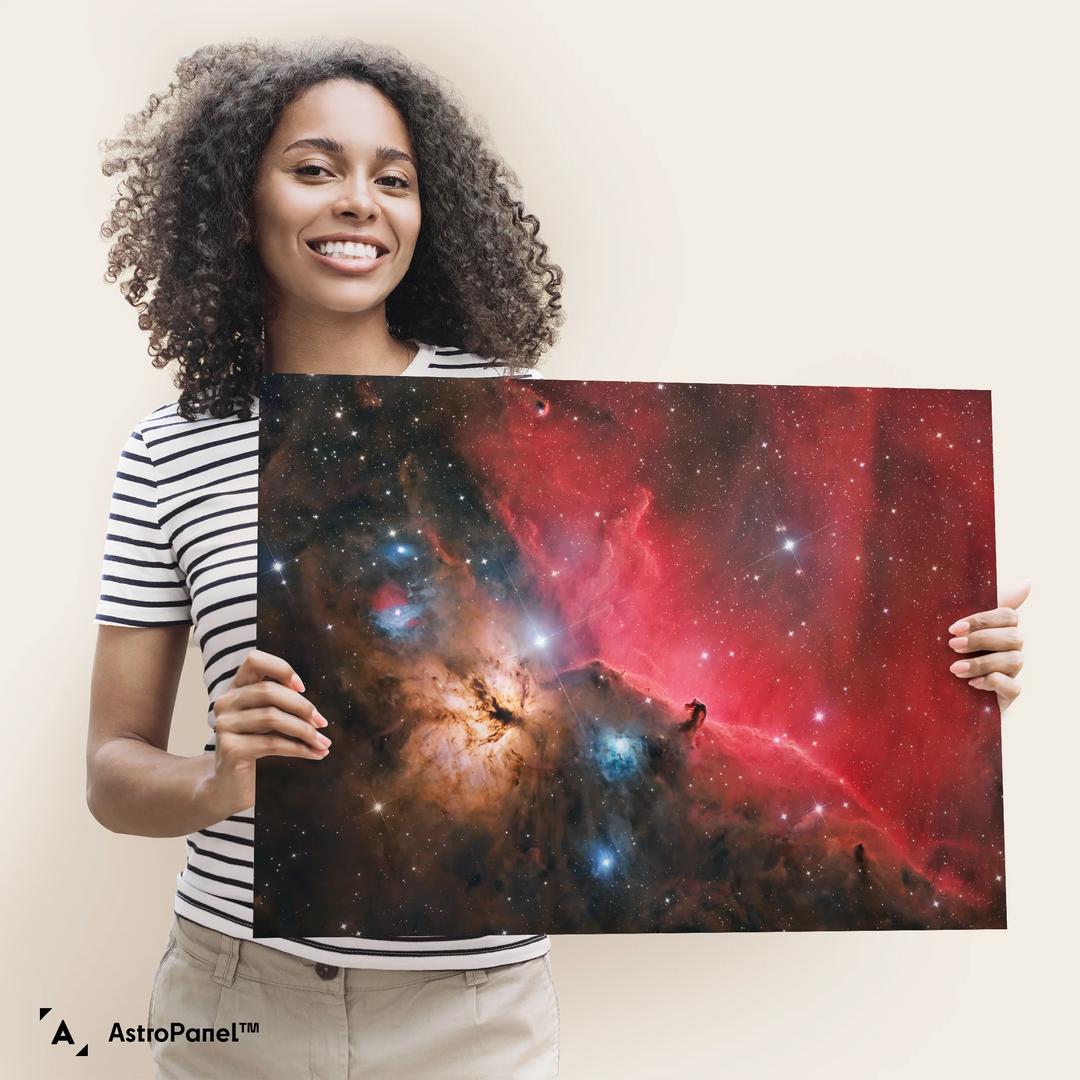
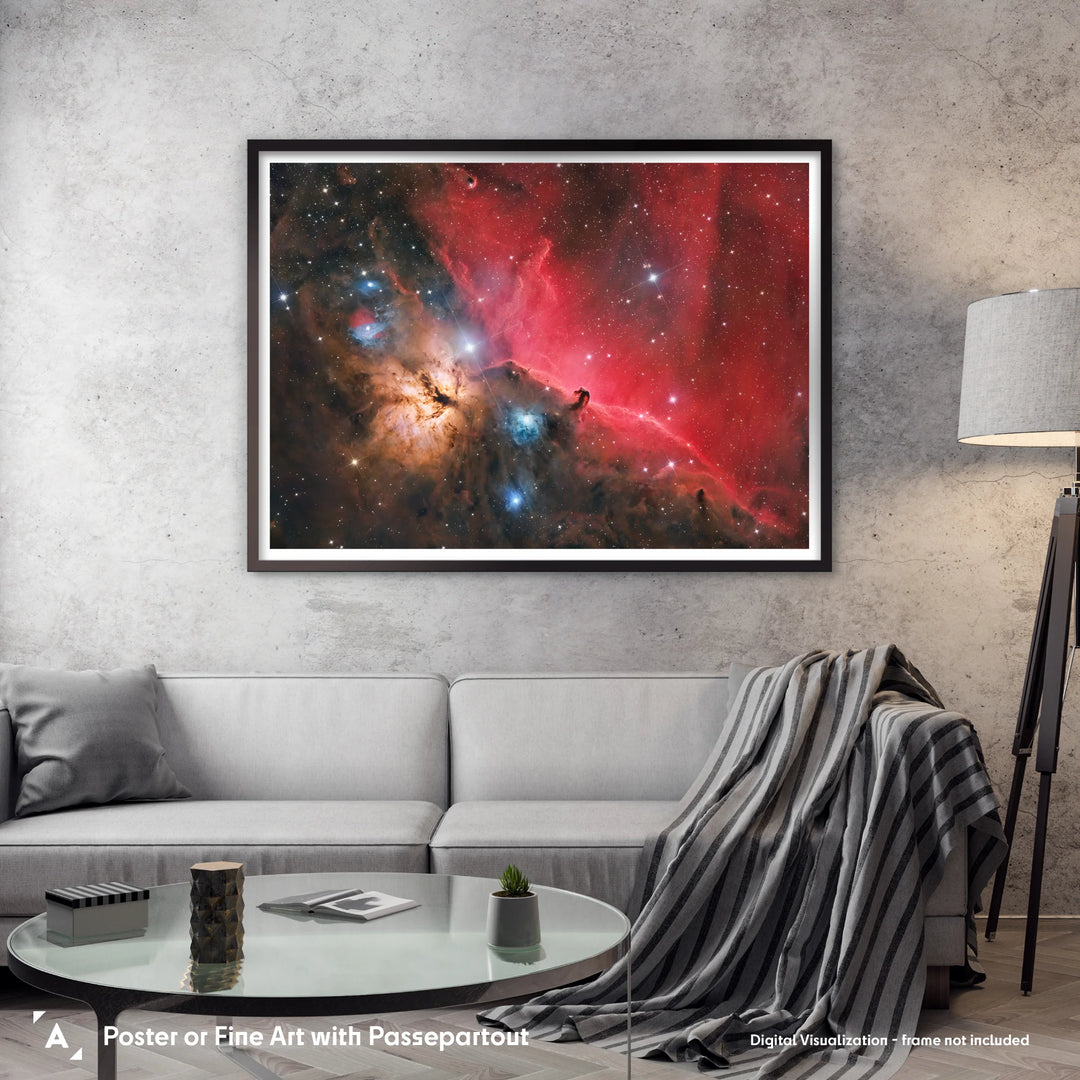
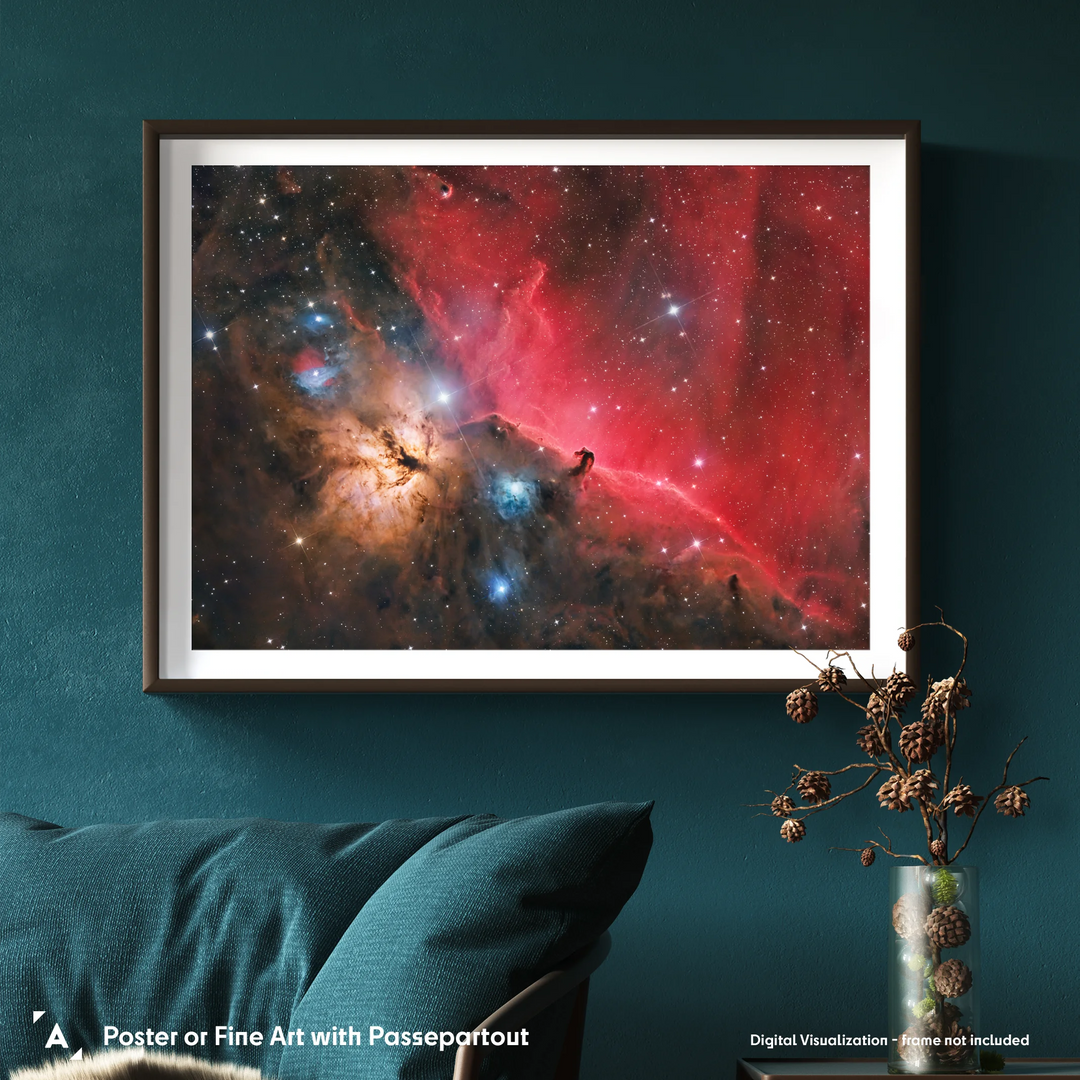
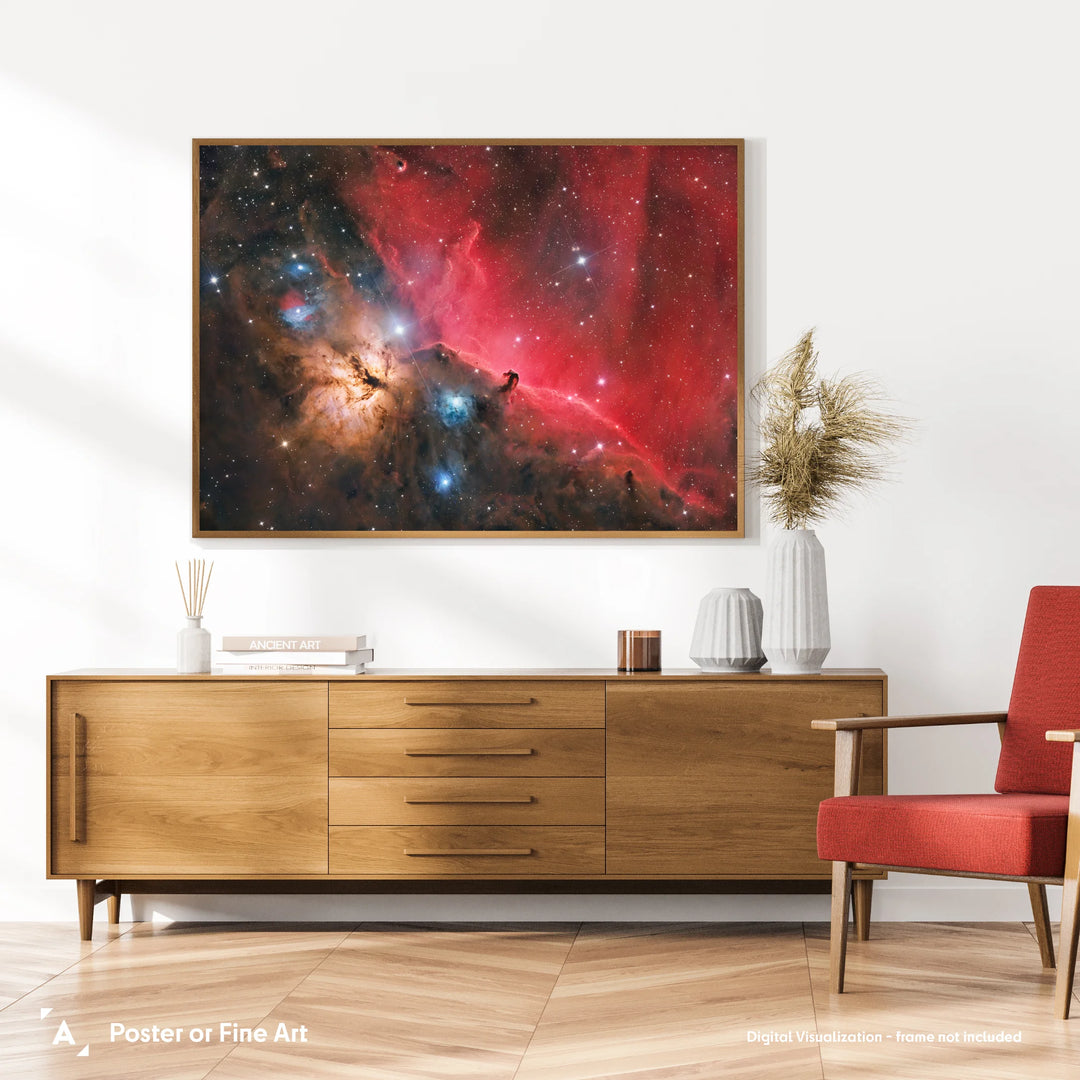
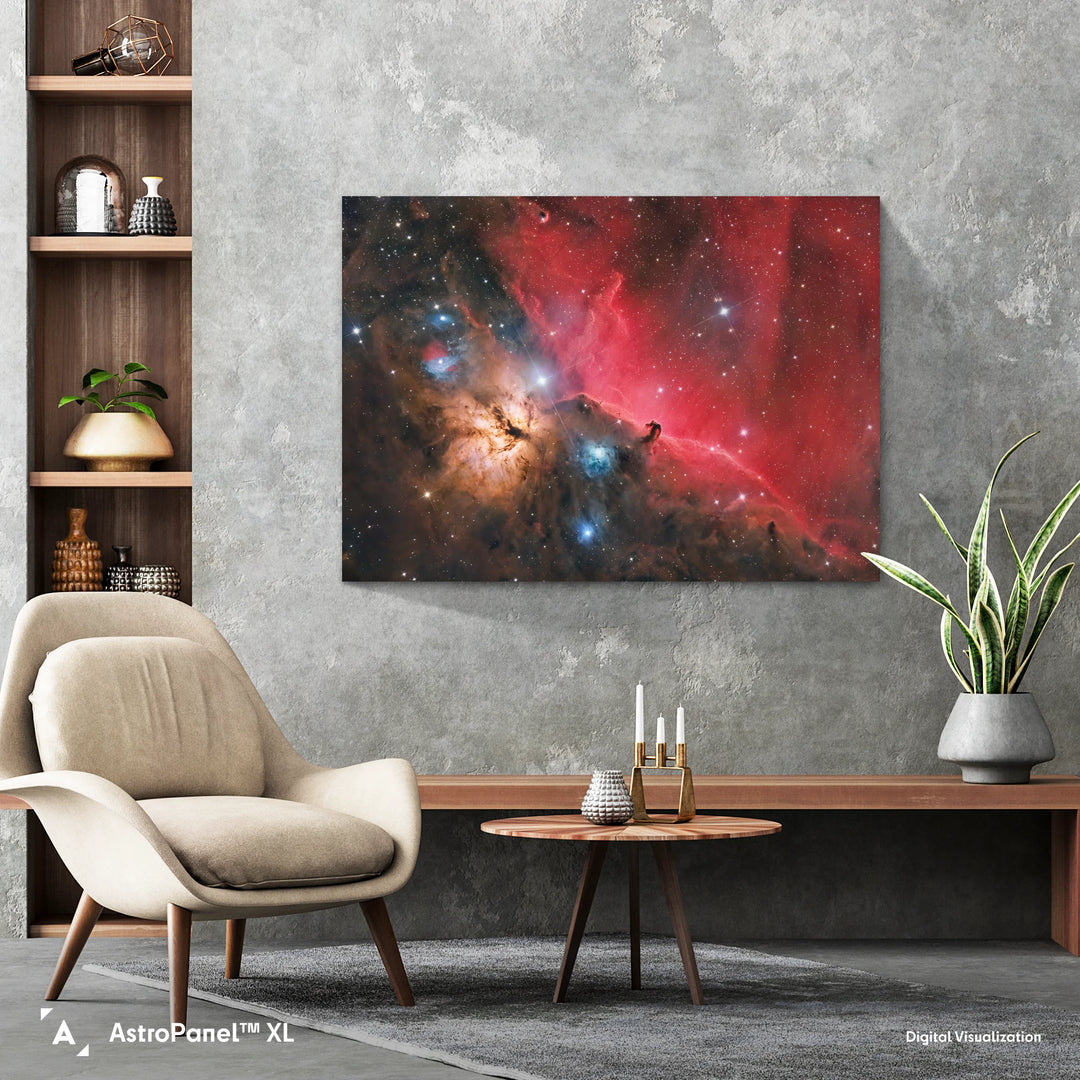
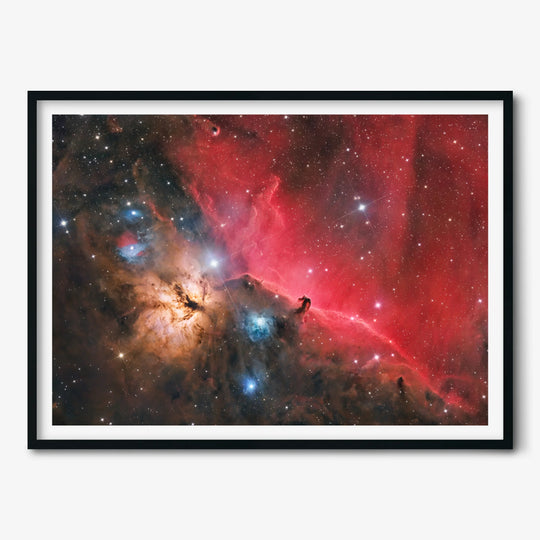
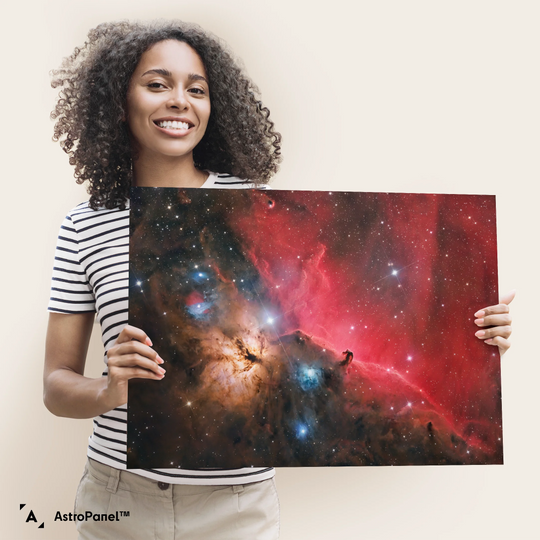
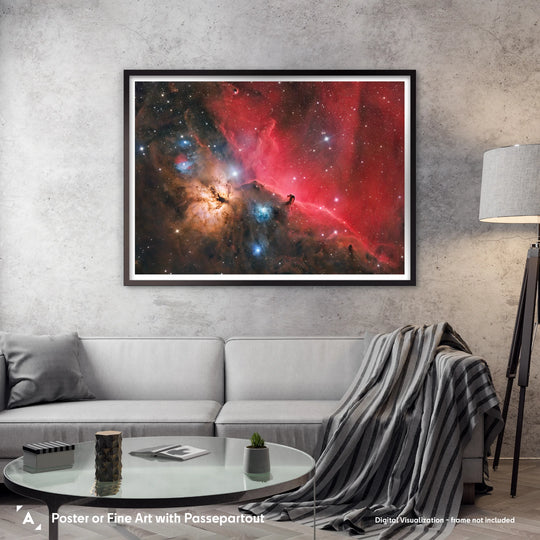
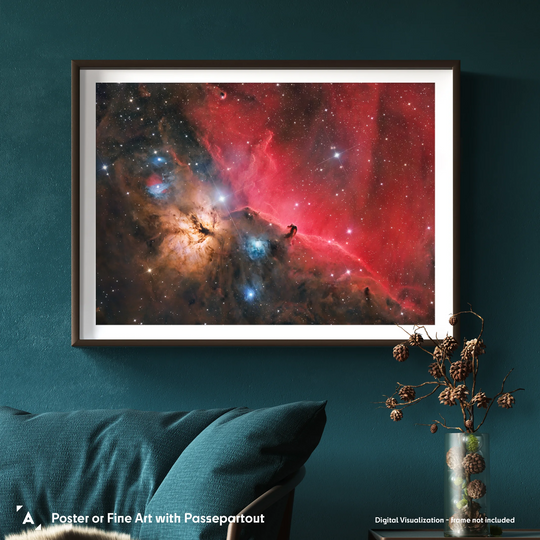
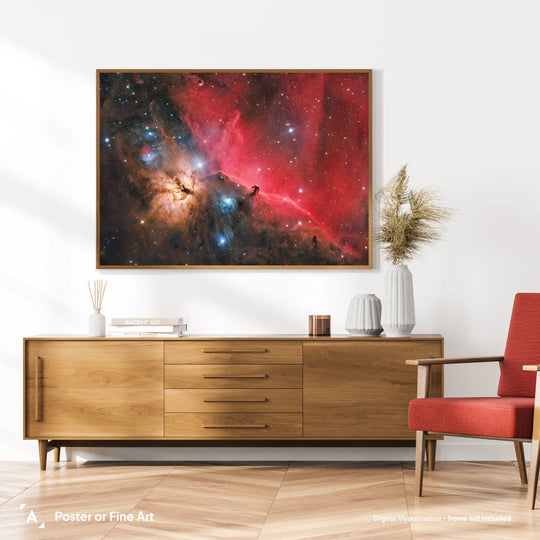
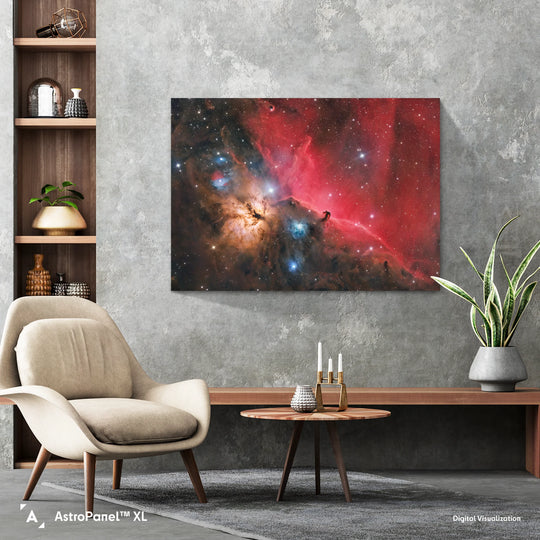

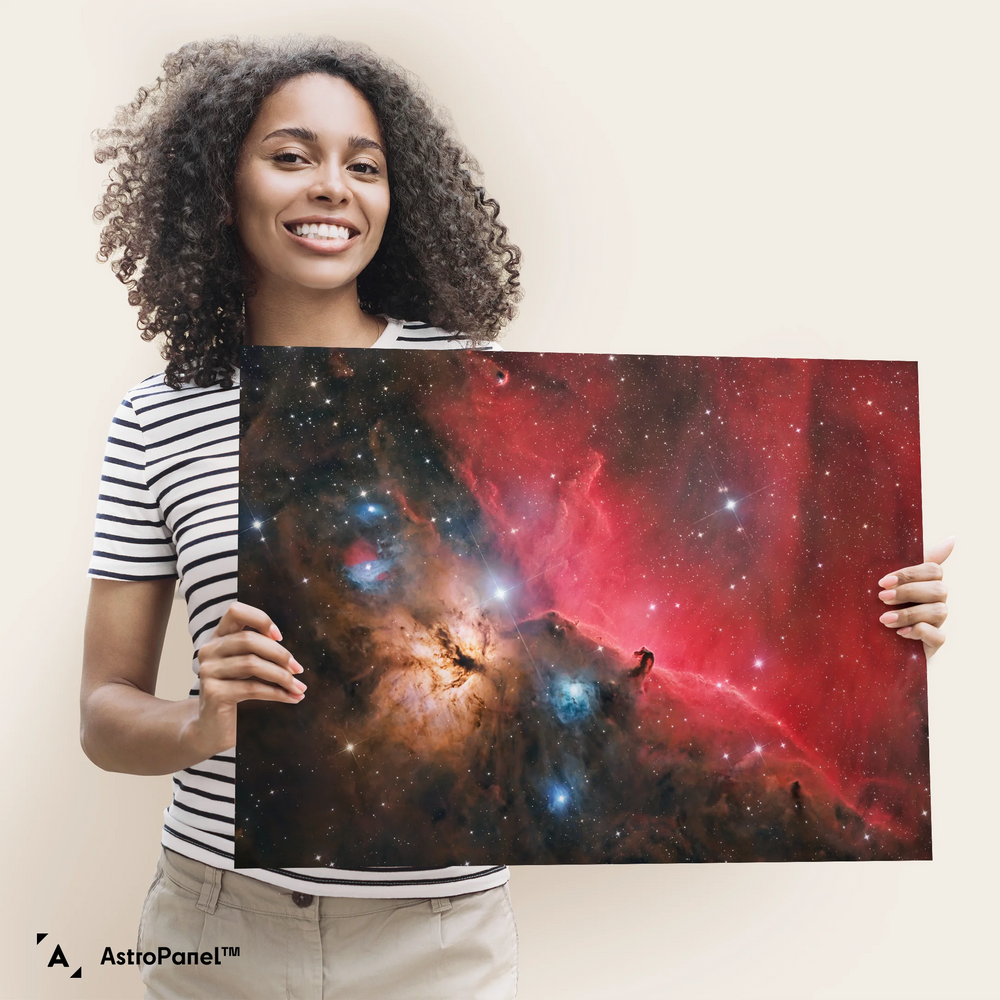
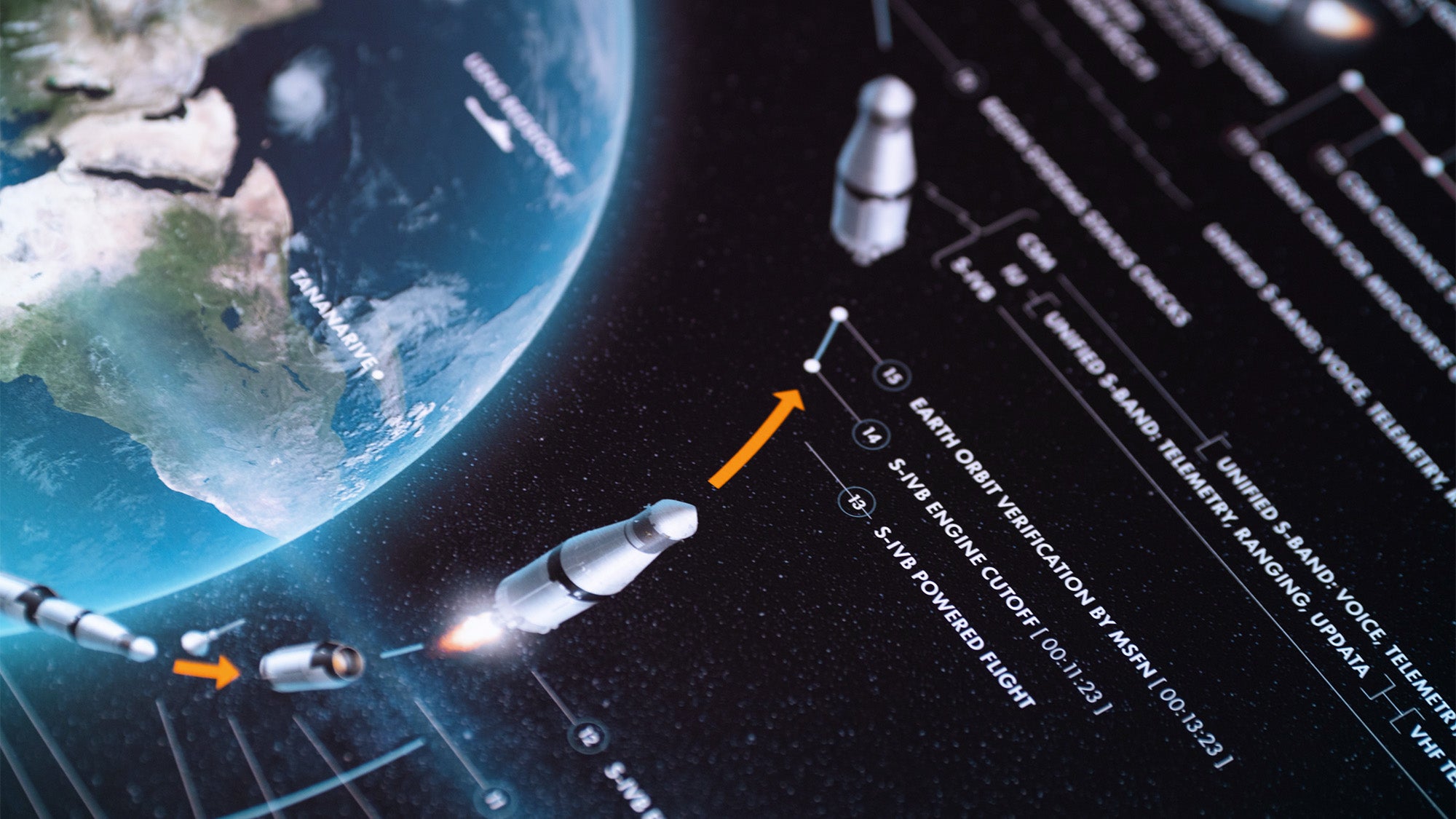
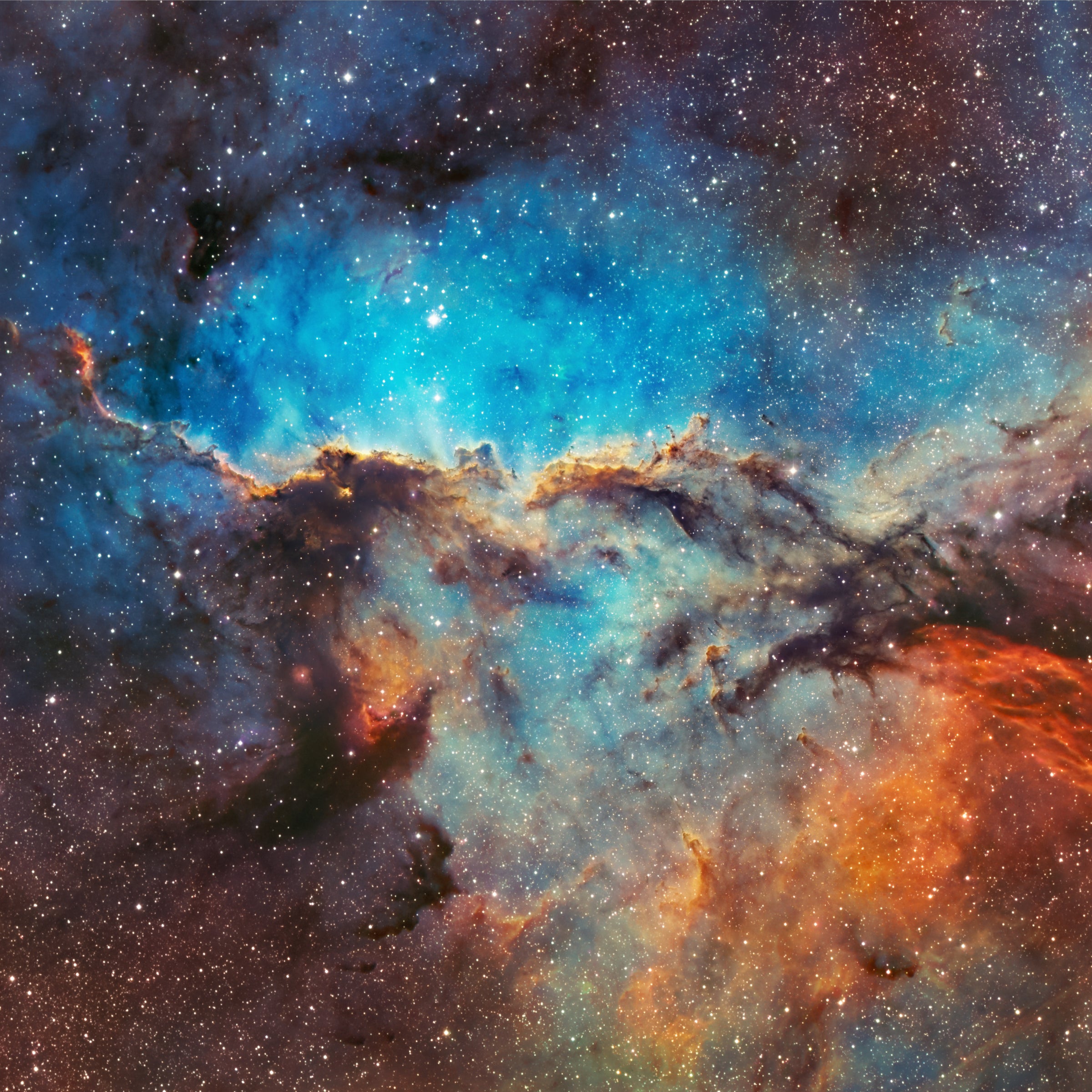
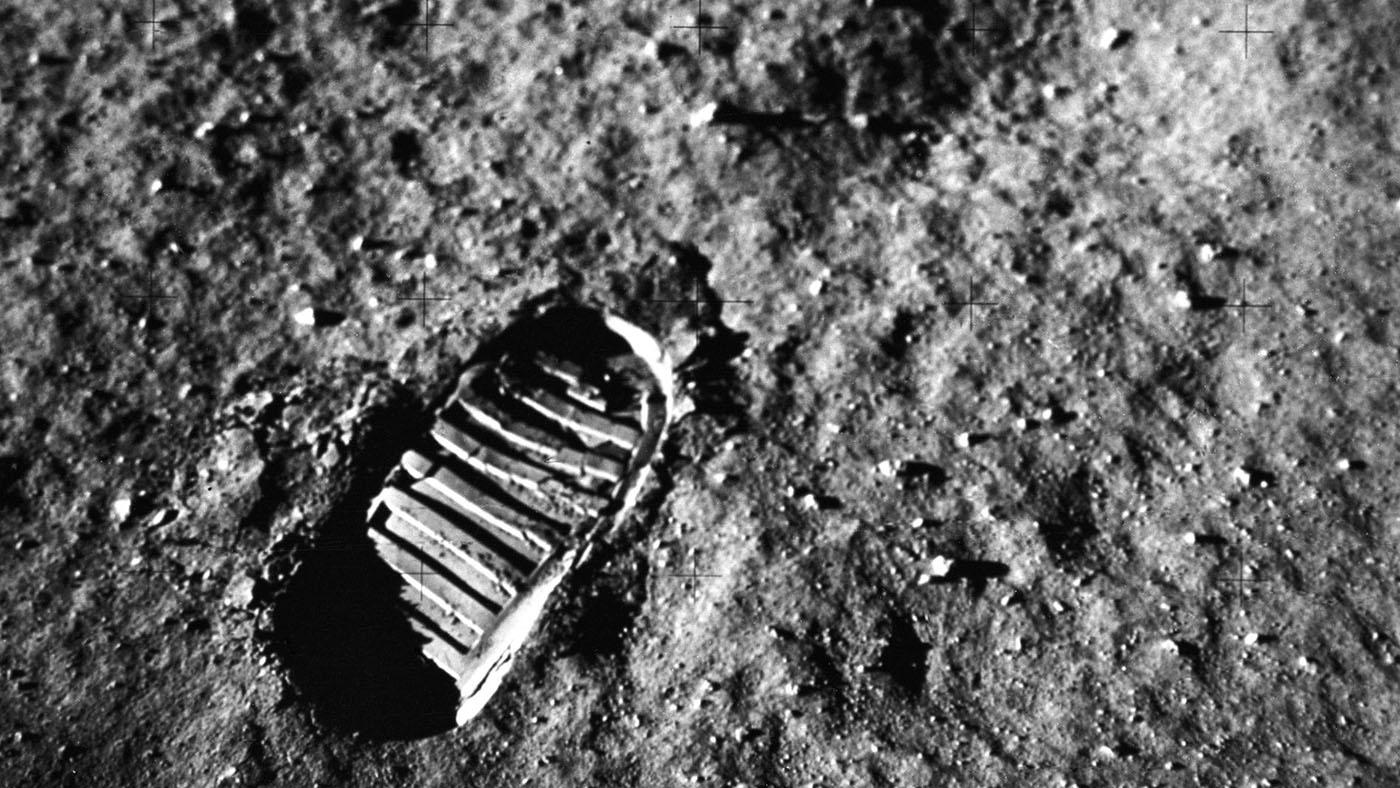
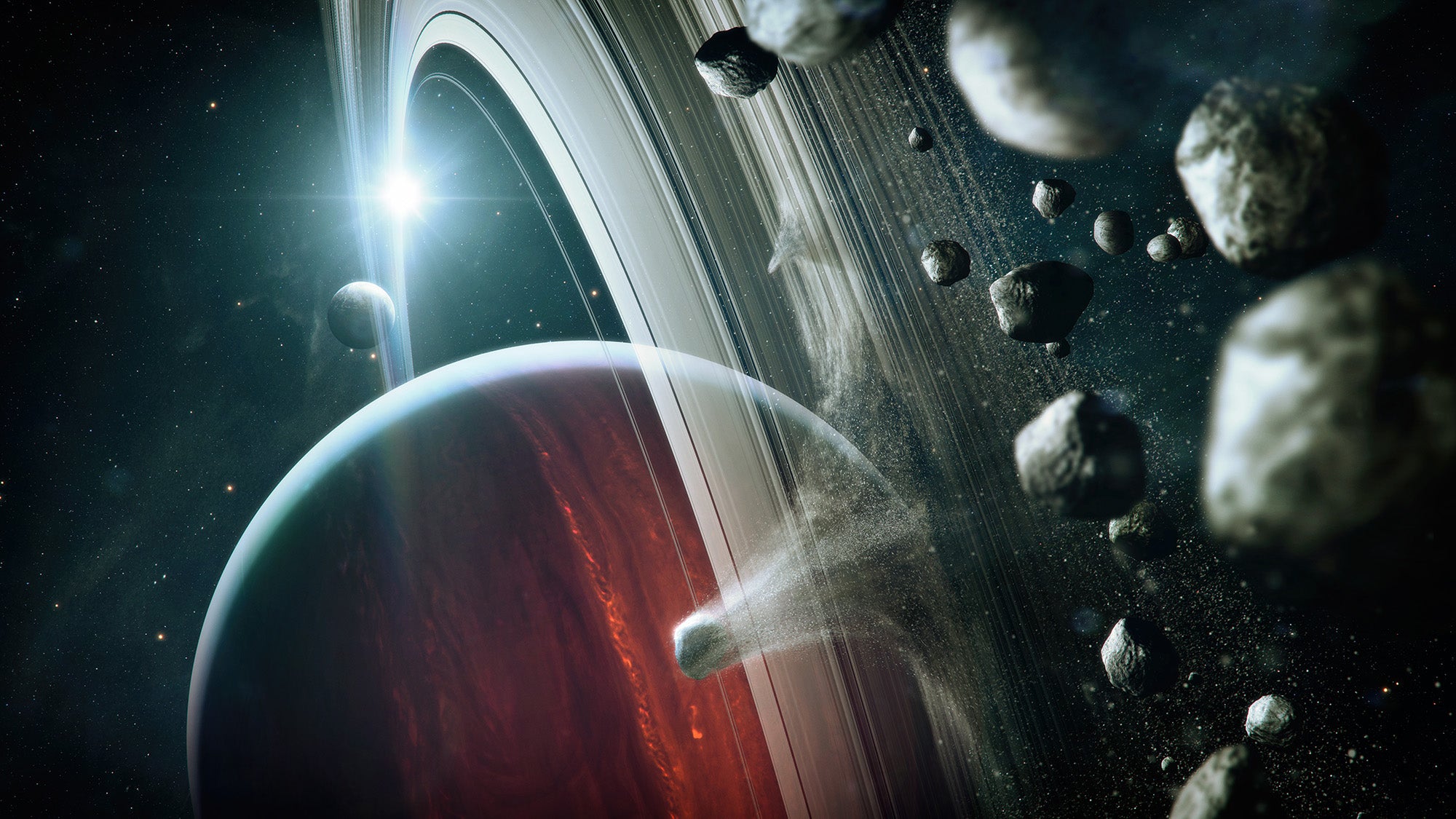
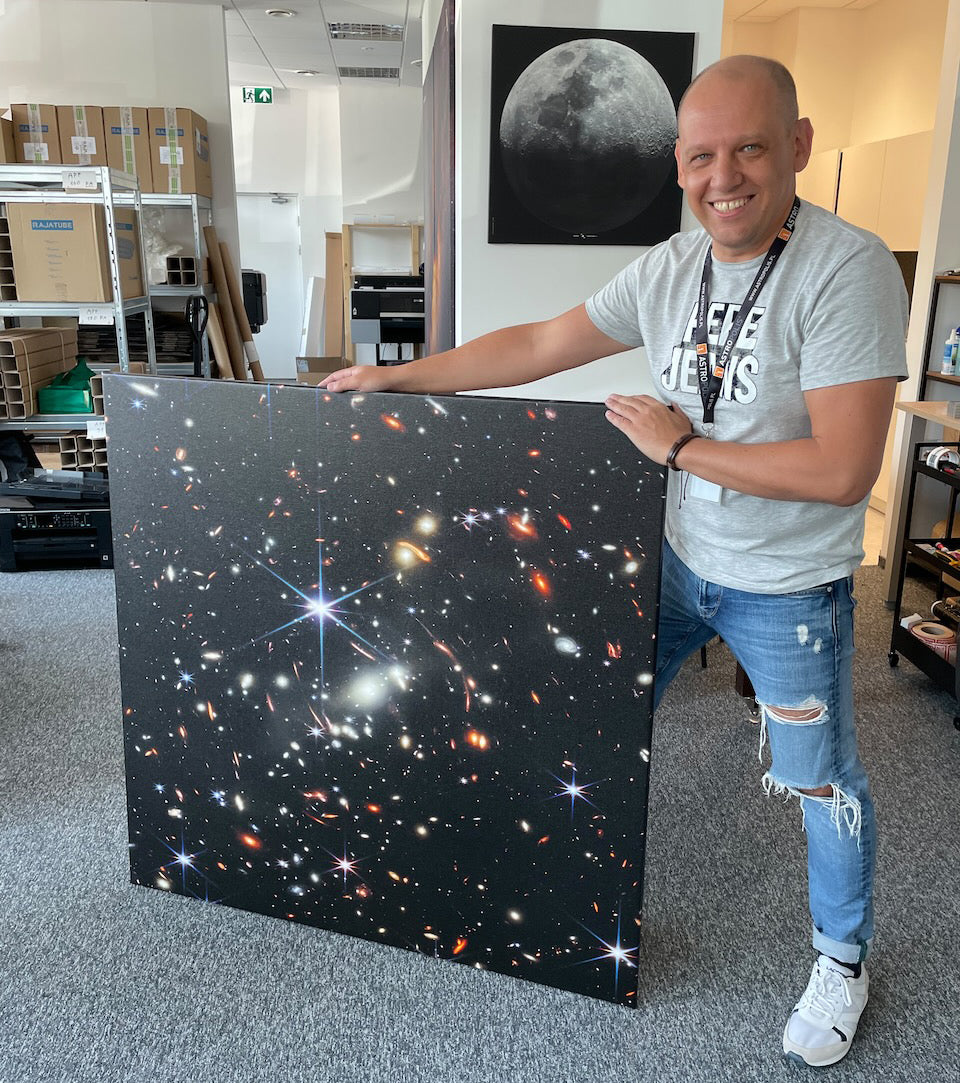
![4 Incredible Space Posters and Wall Art for Man’s Cave [Inspirations]](http://astrography.com/cdn/shop/articles/mans-cave-2-16x9-1_83814d94-574a-4782-a3a0-cf4e59620b81.webp?v=1763116144&width=1080)
